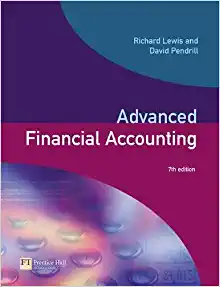Question
Coleman Technologies Inc. Cost of Capital Coleman Technologies is considering a major expansion program that has been proposed by the company's information technology group. Before
Coleman Technologies Inc. Cost of Capital Coleman Technologies is considering a major expansion program that has been proposed by the company's information technology group. Before proceeding with the expansion, the company must estimate its cost of capital. Assume that you are an assistant to Jerry Lehman, the financial vice president. Your first task is to estimate Coleman's cost of capital. Lehman has provided you with the following data, which he believes may be relevant to your task:
1. The firm's tax rate is 40%.
2. The current price of Coleman's 12% coupon, semiannual payment, noncallable bonds with 15 years remaining to maturity is $1,153.72. Coleman does not use short-term interest-bearing debt on a permanent basis. New bonds would be privately placed with no flotation cost.
3. The current price of the firm's 10%, $100 par value, quarterly dividend, perpetual preferred stock is $111.10.
4. Coleman's common stock is currently selling for $50 per share. Its last dividend (D0) was $4.19, and dividends are expected to grow at a constant rate of 5% in the foreseeable future. Coleman's beta is 1.2, the yield on T bonds is 7%, and the market risk premium is estimated to be 6%. For the bond-yield-plus-risk-premium approach, the firm uses a risk premium of 4%.
5. Coleman's target capital structure is 30% debt, 10% preferred stock, and 60% common equity
Questions needed to be answered:
a. Fundamentals
1. What sources of capital should be included when you estimate Coleman's WACC?
2. Should the component cost be figured on a before-tax basis or after-tax basis?
3. Should the cost be historical cost or new (marginal) cost?
b. What is the market interest rate on Coleman's debt and its component of cost of debt?
c. Preferred stock
1. What is the firm's cost of preferred stock?
2. Coleman's preferred stock is riskier to investors than its debt, yet the preferred's yield to investors is lower than the yield to maturity on the debt. Does this mean that you made a mistake?
d. Common equity
1. Why is there cost associated with retained earnings?
2. What is Coleman's cost of common equity using the CAPM approach?
Step by Step Solution
There are 3 Steps involved in it
Step: 1

Get Instant Access to Expert-Tailored Solutions
See step-by-step solutions with expert insights and AI powered tools for academic success
Step: 2

Step: 3

Ace Your Homework with AI
Get the answers you need in no time with our AI-driven, step-by-step assistance
Get Started


